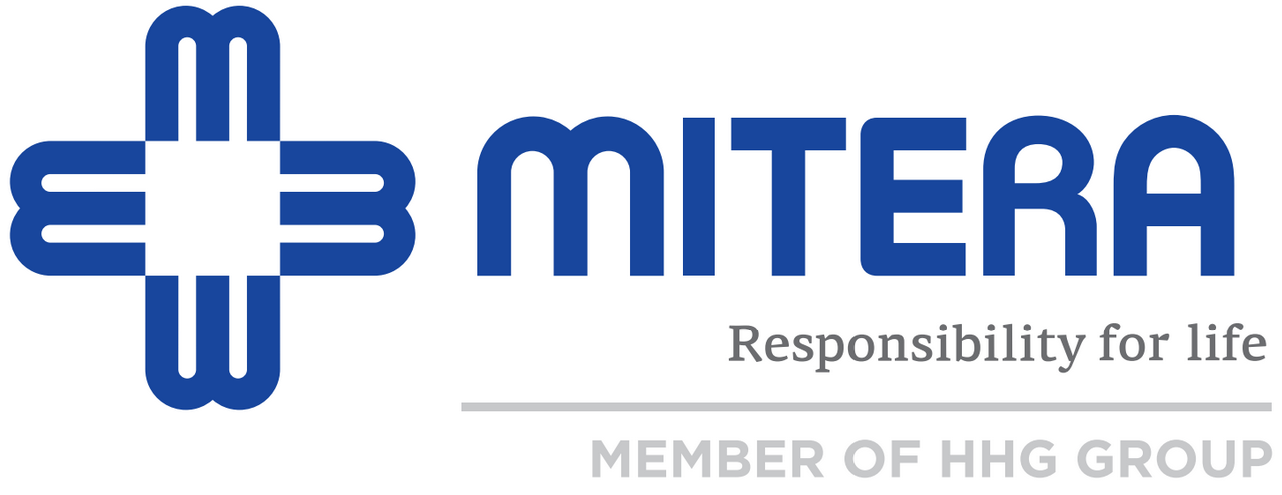
Malanos Dimitrios Dermatologist
Attending Physician, Dermatology Department HYGEIA HospitalEducation & Academic Qualifications
- Medical Degree, Faculty of Medicine, University of Athens, Greece
- Diplomate of the Hellenic Board of Dermatology-Venereology
- Certified in Dermatology and Venereology
- PhD in Dermatology at the University of Athens, Greece
- Clinical Research Fellow, Department of Dermatology, Beth Israel Hospital, Harvard Medical School, Boston, MA
- International Dermoscopy/Dermato-Oncology Diploma, Medical University of Graz, Austria
Fellowship in Societies, Membership in Journal Editorial Committees
Hellenic Society of Dermatology and Venereology
Hellenic Society of Dermatologic Surgery
Hellenic Dermoscopy Society
European Association of Dermato Oncology
International Dermoscopy Society
Work Experience
Attending Physician, Department of Dermatology, Hygeia Hospital, Athens, Greece (since 2010)
Clinical/Research Fellow in Dermatology at the University Clinic of Andreas Sygros Hospital, Athens, Greece (2009-2012)
Education Experience:
Teaching Dermatology in Institutions of Vocational training (Ι.Ε.Κ)
Clinical & Research Interest
Skin cancer-Melanoma-Dermoscopy
Psoriasis
Dermatosurgery
Lasers in Dermatology
Honors & Awards
Second Clinical Award for the presentation titled: “Correlation of immunologic and virus indications in the development of classic Kaposi’s Sarcoma. VIII Congress of Dermatology – Venereology in Thessaloniki, Greece. (2003)
Recent Publications
Malanos D and Stern R. Psoralen plus ultraviolet A does not increase the risk of cataracts: a 25-year prospective study. J Am Acad Dermatol.2007 Aug;57(2):231-7.
Stratigos AJ, Malanos D, Touloumi G,Antoniou A,Potouridou E, PolydorouD, Katsambas AD, Whitby D, Mueller N, Stratigos JD, Hatzakis A. Clinical progression in classic Kaposi’s Sarcoma is associated with a reduction of peripheral B-lymphocytes and a partial increase in serum immune activation markers.( Accepted for publication in Arch Dermatol.)


